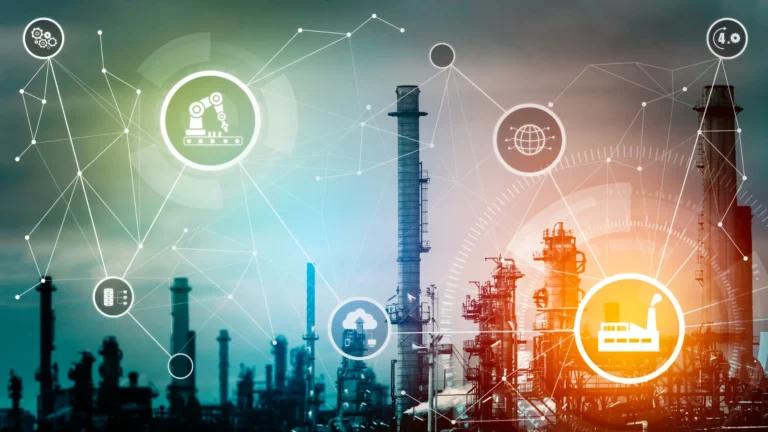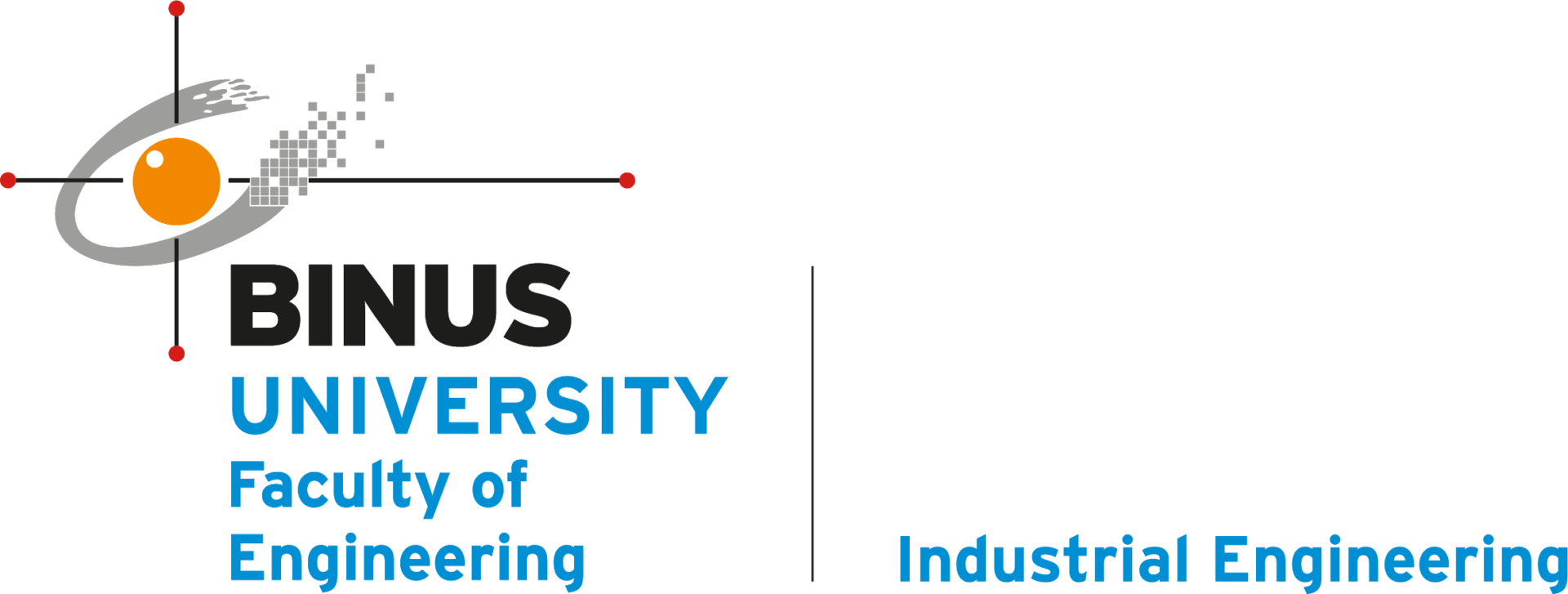The Evolution of Industrial Revolutions: From 1.0 to the Dawn of 5.0

(Source: empoweredautomation.com)
The term Industrial Revolution signifies transformative shifts in the way societies produce and organize labor—radical changes that redefine cultural, economic, and technological landscapes. This journey begins in the 18th century and continues today, evolving through multiple distinct eras, each marked by groundbreaking innovations and far-reaching impacts.
Industrial Revolution 1.0: The Age of Steam and Mechanization
Emerging in Britain during the late 18th century, the First Industrial Revolution was driven by the invention of the steam engine—most notably by James Watt around 1776—which mechanized textile production and powered factories, mines, and transportation such as railways. This era fundamentally shifted production away from human and animal labor to mechanization, marking a transformative period in agriculture, mining, manufacturing, and beyond.
Industrial Revolution 2.0: Electricity and Mass Production
The second wave, arriving in the late 19th and early 20th centuries, highlighted the advent of electricity and the assembly line. Innovations like conveyor belts and assembly-line systems enabled mass production at unprecedented speed and scale. This capability proved particularly significant during global conflicts, facilitating rapid manufacture of vehicles, weapons, and consumer goods.
Industrial Revolution 3.0: Automation and the Digital Frontier
From the 1970s onward, the Third Industrial Revolution unfolded with the rise of computerized automation. Developments in semiconductors, transistors, integrated circuits, and robotics ushered in an era where computers began taking over production processes, processing data, and automating tasks with minimal human input.
Industrial Revolution 4.0: Cyber-Physical Systems and Digital Integration
Beginning in the early 21st century, the Fourth Industrial Revolution—often called Industry 4.0—represents an era of hyperconnectivity, integration, and smart automation. Core features include cyber-physical systems, Internet of Things (IoT), cloud computing, and artificial intelligence (AI), enabling autonomous and highly efficient production lines. The fusion of digital and physical systems forms the backbone of this revolutionary phase.
This revolution is altering not just production, but business agility as well—platform-based disruptors like Uber and Airbnb exemplify how speed and innovation can outperform size and legacy, even in traditional sectors.
Looking Ahead: Glimpse into Industrial Revolution 5.0
While Industry 4.0 is still expanding globally, scholars and visionaries are already speaking of Industrial Revolution 5.0—a future where technological intelligence converges seamlessly with human creativity and well-being.
This next frontier emphasizes collaboration between humans and machines, aiming for adaptive, personalized, and socially conscious systems. Instead of replacing human roles, Industry 5.0 aspires to support people through resilient, sustainable practices, and by fostering technologies that align with human values.
In Japan, the concept of Society 5.0 mirrors this vision—where advanced technologies are harnessed to enhance societal welfare, addressing complex challenges like aging populations, environmental sustainability, and inclusive growth.
Conclusion
The journey from Industry 1.0 to 4.0 reflects humanity’s unrelenting pursuit of efficiency, innovation, and scale—each era reshaping societies in profound ways. As we peer into the horizon of Industry 5.0, the narrative evolves from technological supremacy to human-centric excellence, where empathy, adaptability, and co-existence with machines stand at the core.
References:
- Detikcom. (2023, February 27). Revolusi industri: Sejarah dan perkembangan revolusi industri 1.0 hingga 4.0. Detik.com. https://www.detik.com/edu/detikpedia/d-6438001/revolusi-industri-sejarah-dan-perkembangan-revolusi-industri-1-0-hingga-4-0
- Sasana Digital. (n.d.). Mengintip perkembangan revolusi industri: Mulai era 1.0 sampai 4.0. Sasana Digital. https://sasanadigital.com/mengintip-perkembangan-revolusi-industri-mulai-era-1-0-sampai-4-0/
- Annisa, A. (2021). Sejarah revolusi industri dari 1.0 sampai 4.0 [Conference paper]. ResearchGate. https://www.researchgate.net/publication/348293276_Sejarah_Revolusi_Industri_dari_10_sampai_40




Comments :